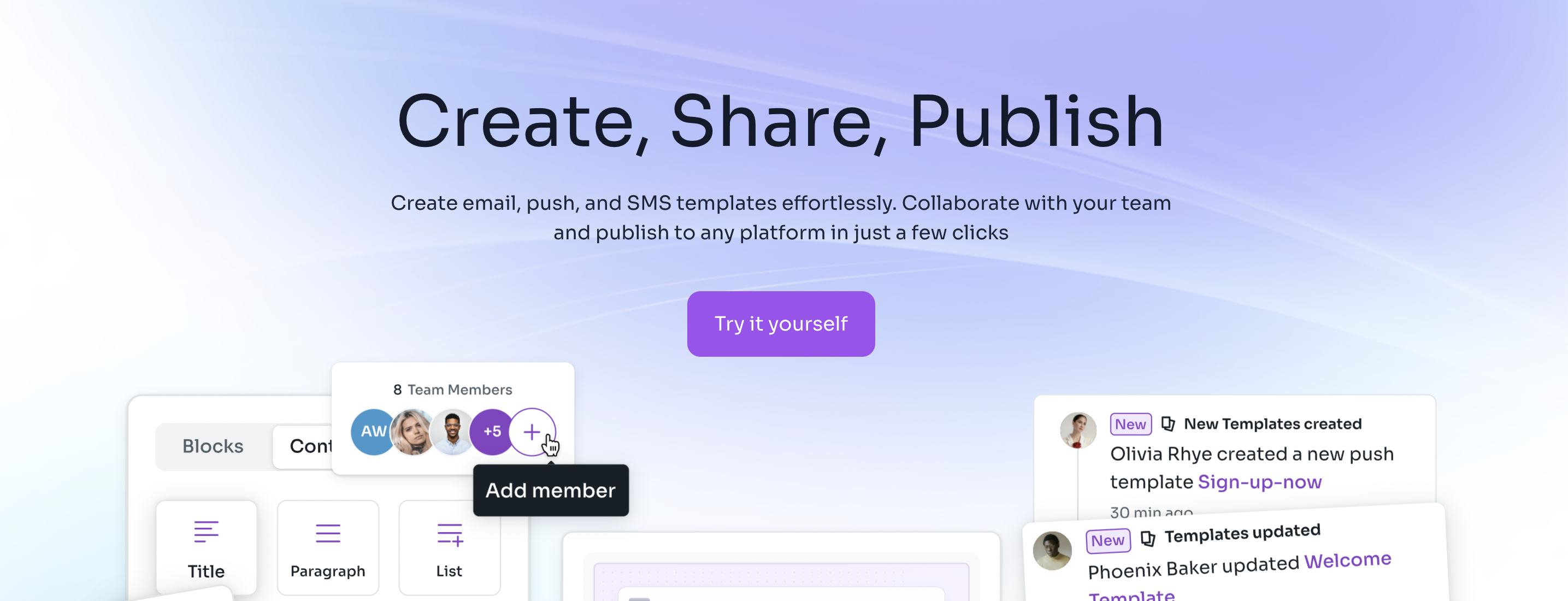18 Best Email Design Tools to Design High-converting Emails
Email design is crucial for marketing success. Poor design can lead to rendering issues, reduced engagement, and lost message impact. This blog covers key email design best practices and the 18 best email design tools to help you create visually appealing, effective emails that work across devices, capture attention, and drive results. Learn how to craft emails that not only look great but also maximize your campaign's impact and ROI.
Email design best practices don’t just make your emails look pretty. They help you ensure your emails render correctly so subscribers can enjoy your created content instead of getting stuck in a maze of confusing code. Blocfree’s email template builder can help you easily implement these design best practices so you can focus on what matters: creating engaging email copy that converts.
Why Email Design Matters
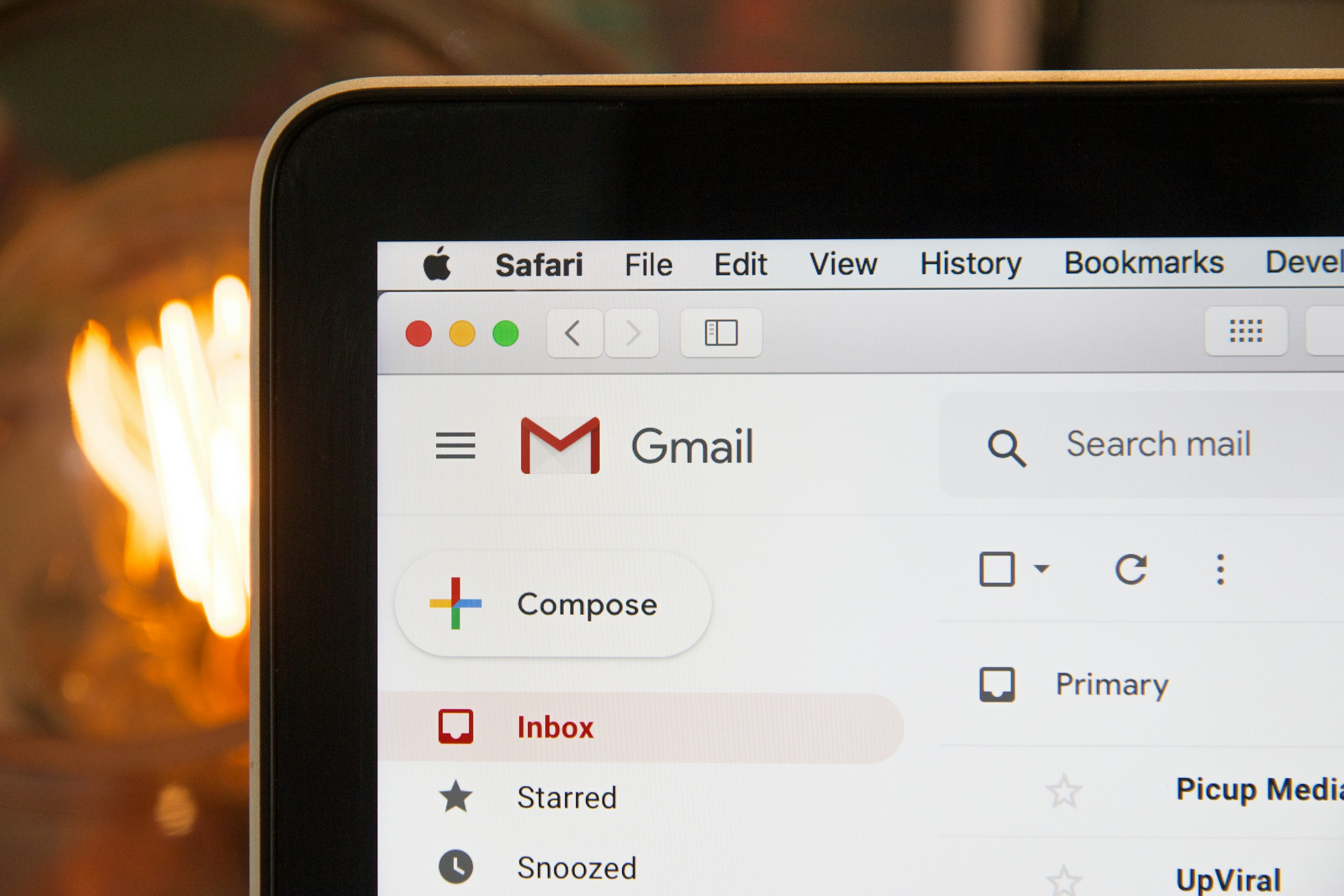
In 2023, approximately 347 billion emails were sent and received daily worldwide. This figure will increase to over 408 billion daily emails in 2027. With email users expected to reach 4.7 billion by 2026, mastering email design is crucial for achieving and converting your target audience. Email recipients often scan information and abandon emails that don’t offer them value or appear too dense. That’s why having excellent email design is so critical; it’ll help you capture the attention of and engage your email recipients.
Visual Email Design Improves Engagement
Human beings are visual creatures. We are hard-wired to respond better to information when it is represented using visual media than plain text. Good content is worth its weight in gold, but when accompanied by mediocre design, it doesn’t leave even half of the impact it was destined to.
The same holds in the area of email marketing. No matter how many hours you spend poring over your email subject lines, copy, and CTA phrases, you’ll never get the desired results unless you dial up your design game.
Did you know people’s brains can recognize images in as little as 13 milliseconds? Your brain has evolved to respond far faster to imagery than text, which a well-designed email should consider. It’s all about figuring out how your customers’ brains work; imagery is significant.
If you lead with a strong hero image, it will instantly catch the eye and ensure far more people stay engaged, just what you’re looking for if you want recipients to read through your email copy. HTML emails can help you create an appealing email design to visualize your content best. There are even many great visual email template builders that you can use for free.
Responsive Email Design Presents Information Clearly
Mobile browsing rates now exceed desktop browsing, but both are still common. You must create email campaigns that adjust to the user’s device type and screen size. Get it right, and you can present your products and services in the palm of your hand.
If you get it wrong with an email that doesn’t display correctly, your email will quickly be deleted. Responsive email design has a huge impact on click-through rates. A responsive email template builder will help you create emails that render perfectly on all devices.
18 Best Email Design Tools
1. Blocfree
Create, share, and publish easily with Blocfree's email template builder. Blocfree is an email HTML editor that allows you to quickly create/edit emails and use it with multiple platforms like:
- Mailgun
- Sendgrid and others
Effortlessly craft email, SMS, and push templates with our intuitive email template builder. Collaborate seamlessly with your team and quickly publish content to your preferred platform.
Use Blocfree's email template builder for free today!
2. HubSpot
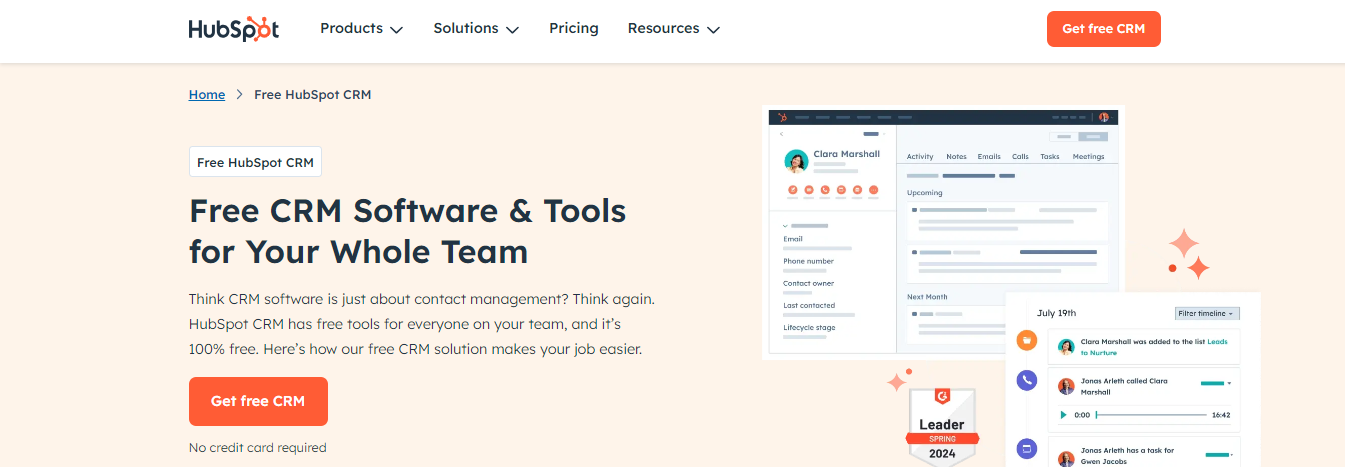
HubSpot’s Email Marketing software allows you to create, design, personalize, and optimize your emails. You don’t need IT or coding knowledge, and you can easily customize mobile-friendly emails. The software allows you to A/B test emails to determine best designs. Additionally, it includes an AI-generated email feature that can significantly enhance your productivity.
3. BEEPro
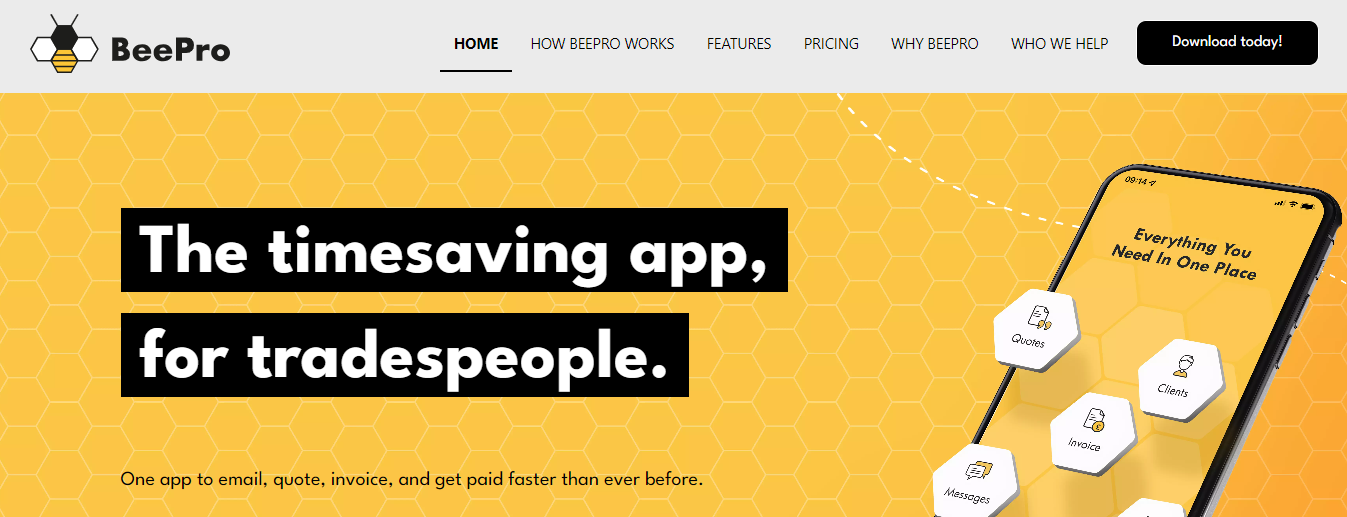
As a BEEPro user, you can design responsive emails in just minutes. Smart design tools provide a quick way to format your emails and ensure your layout complements your content. You can also customize and save various email design templates so your messaging and branding is consistent.
4. EngageBay
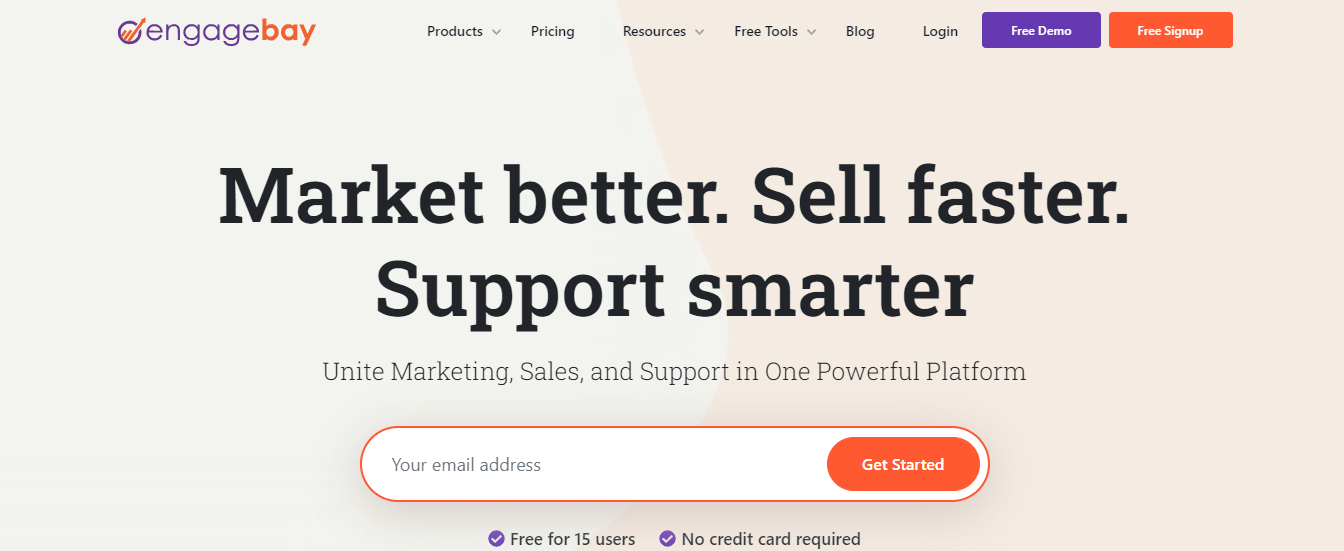
EngageBay offers thousands of free HTML email templates for various industries. You can customize these prebuilt templates, personalize them to reflect your brand image, and even automate the campaigns, all without writing a single line of code.
EngageBay also offers A/B testing and scheduling to help you craft the perfect email campaigns. You can also integrate these templates with EngageBay’s CRM, making creating and managing subscriber lists easy.
5. MailChimp

With over 100 templates offered, MailChimp allows you to customize your email design for your target audience. If you have coding experience and want to take your design a step further, you can code your template, too.
6. Stripo
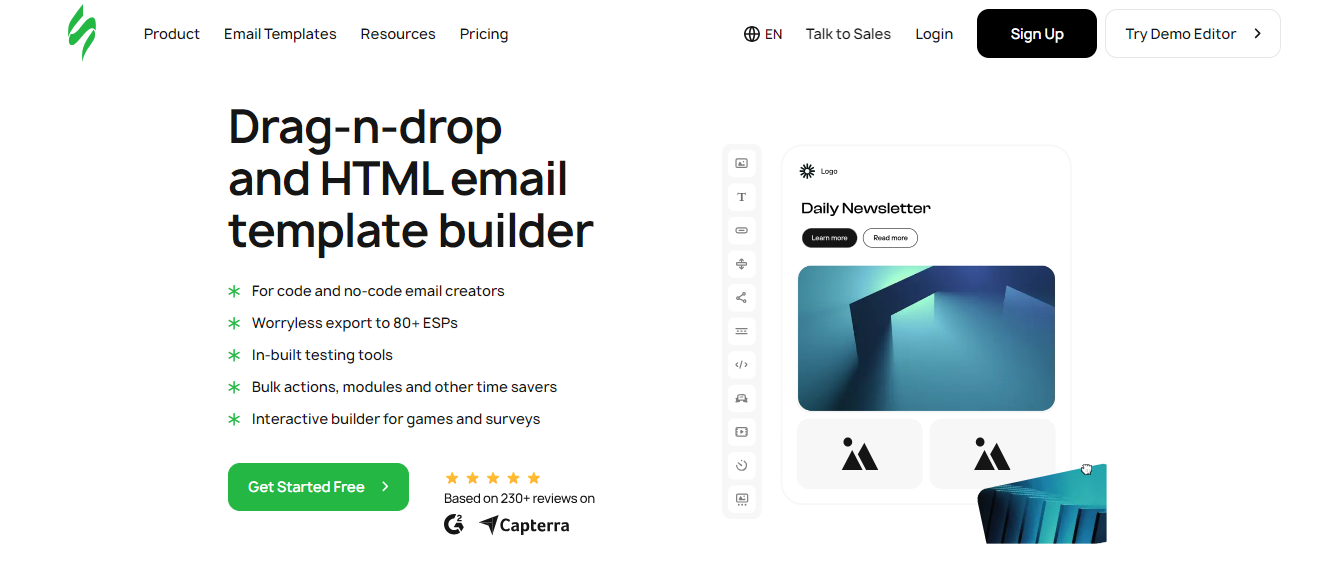
Stripo requires no HTML knowledge to create and design professional email templates. Their pre-made templates are responsive so readers can easily view them via any device. You can also sync your current email service provider (ESP) with the software to access your email and contact information from a central location.
7. Chamaileon
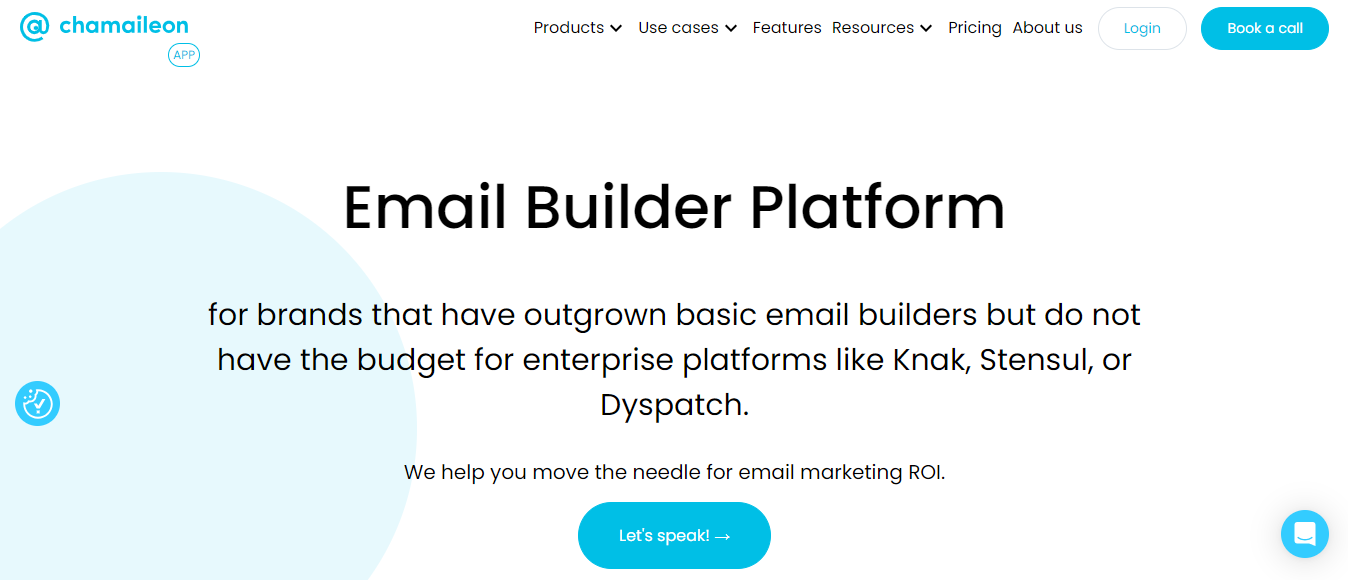
As a collaborative email builder, Chamaileon allows you to invite members of your team to collaborate on your designs. The software ensures your emails will have a responsive design and automatically comes with over 100 pre-made templates to customize for specific recipients.
8. Tabular
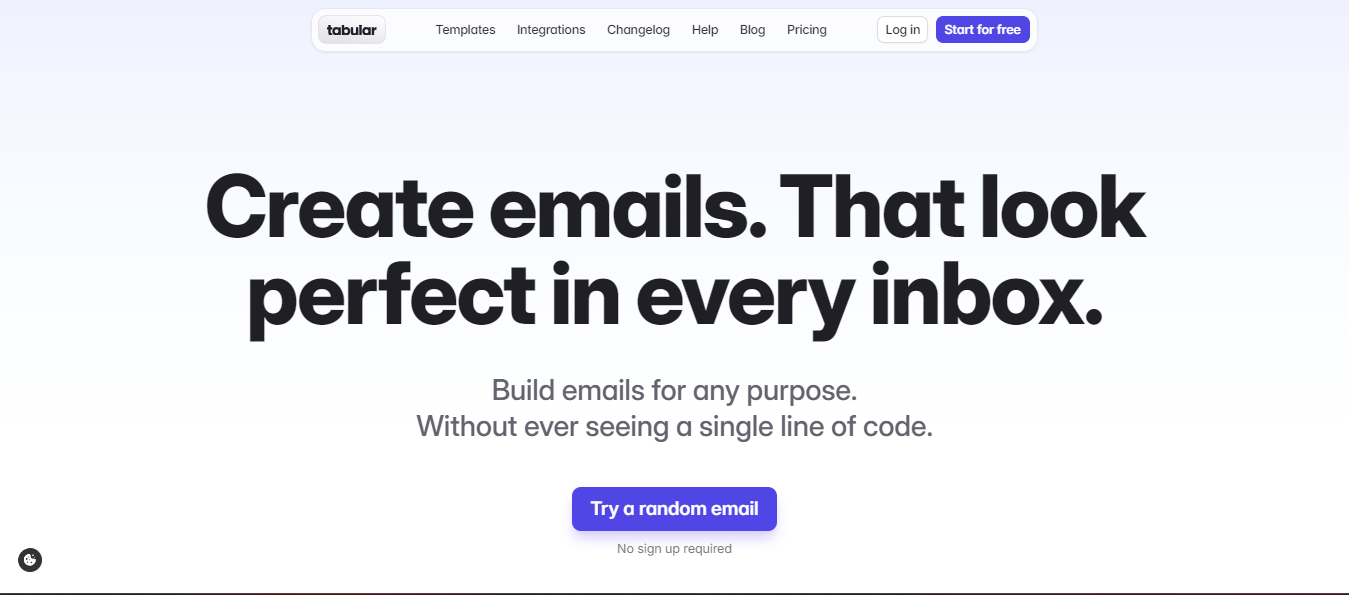
Tabular is an email template builder allowing you to create responsive HTML email templates without coding experience. It's perfect for anyone who wants to create professional-looking emails quickly and easily.
9. Beefree
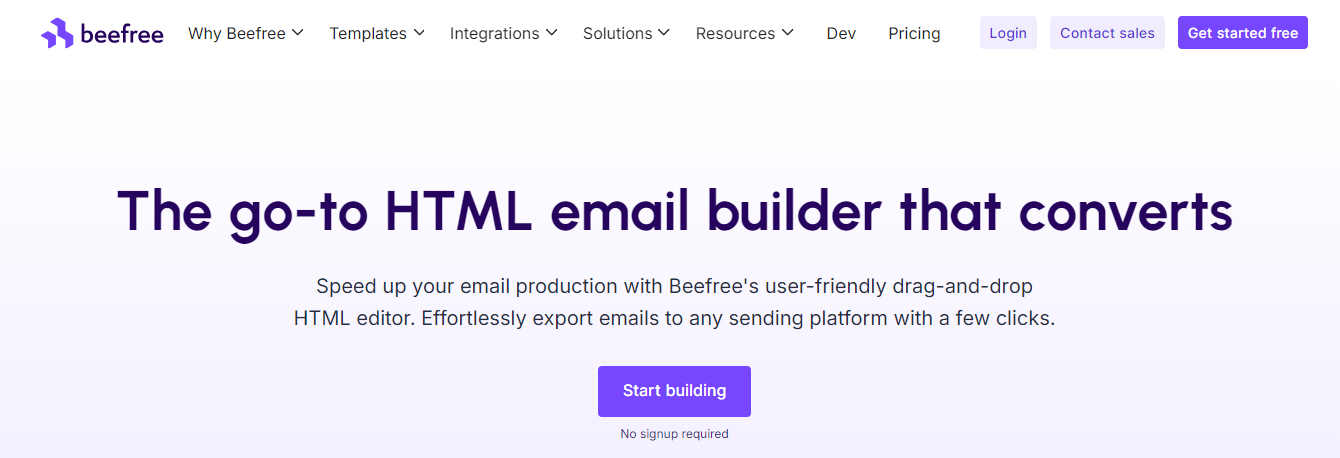
Beefree has some pretty decent image editing options, plus you’ll have over 500,000 stock images and tons of fun GIFs and stickers to choose from. You can add ESP-specific merge tags to personalize your content. Once your design is ready to go, you can export it directly to your ESP (Mailchimp, HubSpot, Brevo, Gmail, and ActiveCampaign are just some of those supported).
10. Topol
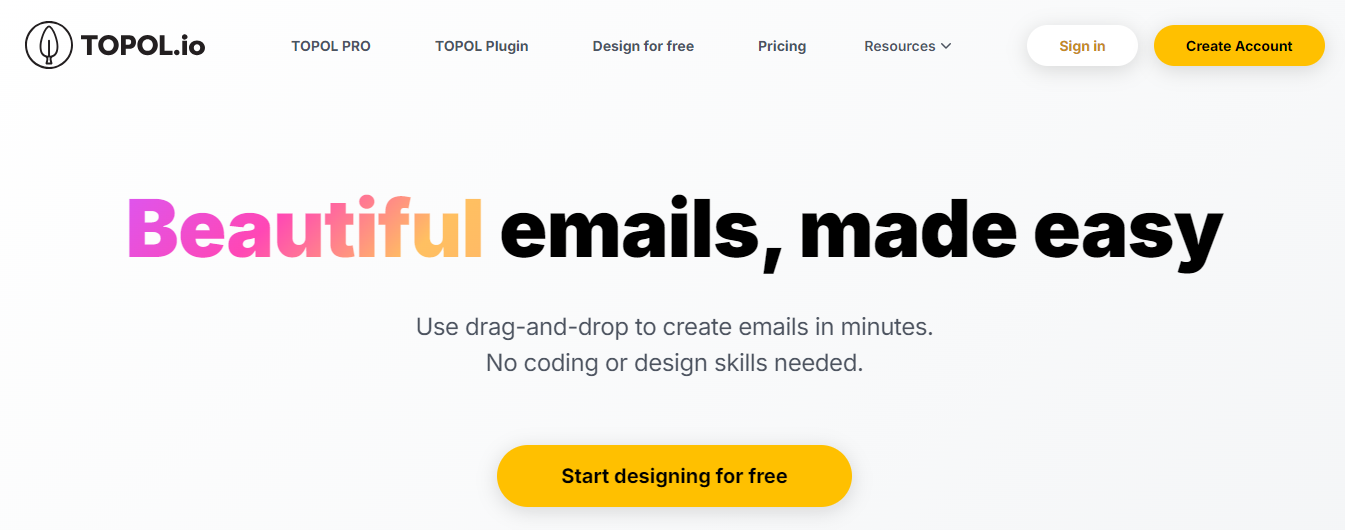
Topol’s email template builder is perfect for beginners, as you don’t need coding or design experience to use it. Over 150 responsive templates are available, though you'll need the Pro plan to access them. A significant advantage is how easy the drag-and-drop email builder is to use. It’s fast and has plenty of customization options, but it feels intuitive.
11. Postcards
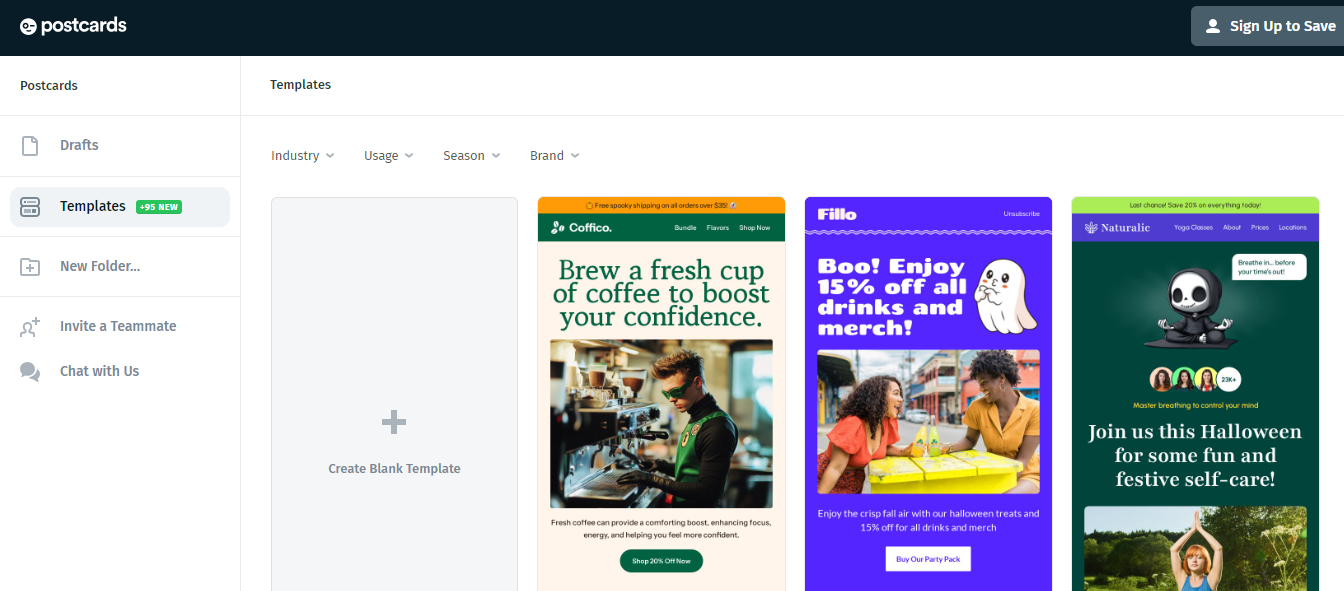
Designmodo helps non-tech users with their website design and presentations. Its product, Postcards, could help you design your email templates. The platform also helps design professionals get hired.
12. Moosend
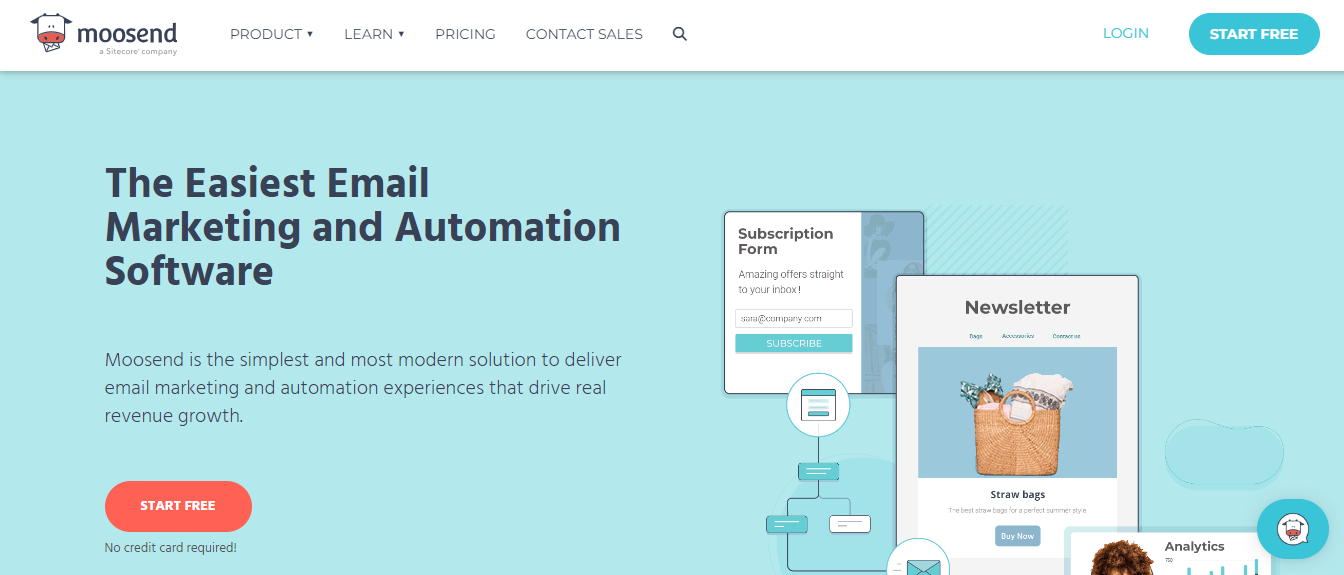
This email marketing tool allows you to use its templates on other platforms by copying the HTML or downloading the JSON file. There are plenty of templates to choose from and all can be easily edited in the builder. Once you’re done, you can preview how it looks on various devices and send a test email.
13. SendPulse
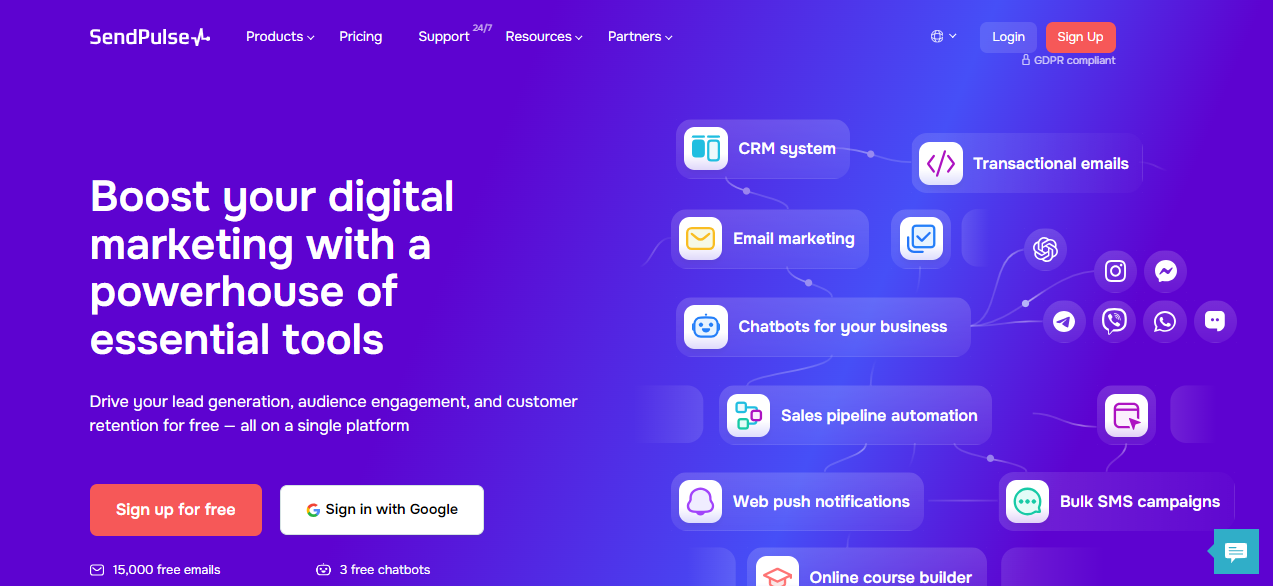
SendPulse is a Ukrainian email service provider which launched in 2015. I’ve included it on this list because aside from offering over 100 modern templates which you can export on the paid plan, it also includes subscription forms and marketing automation. What I liked about SendPulse:
You can either use one of the pre-designed templates, build your own using the drag-and-drop editor, or code your own in HTML.
- The editor is easy to use and you can add videos to your templates.
- You also save particular content blocks like your header, footer, etc. to use in other templates.
- The designs are organized into different categories, and there is a nice selection of holiday email templates.
14. MailerLite
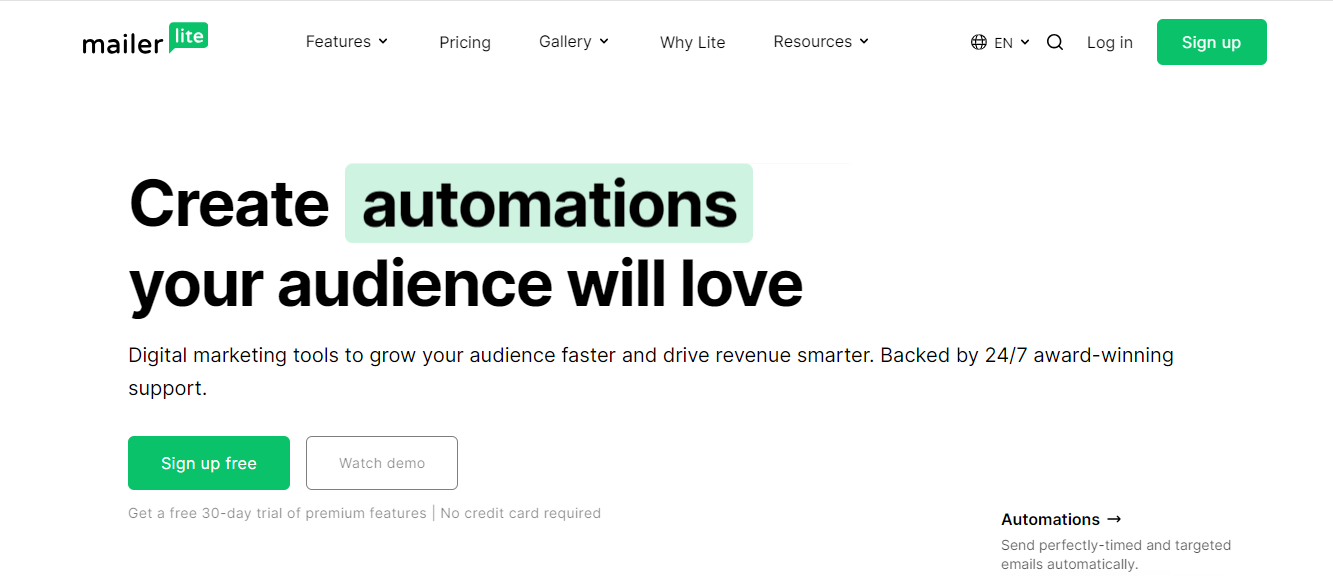
MailerLite is a very affordable email marketing tool, with a generous free plan. Its editor is fast and easy to use. It also comes with many content elements you can use to build your template from scratch, for example:
- Video
- Carousel images
- Coupons
- Countdown timers
- Event registration
If you’d like to benefit from its ready-made templates, you must sign up for the paid plan, which costs $25 monthly for 2,500 subscribers. This plan comes with 100+ attractive, modern templates, all responsive.
15. ContactMonkey
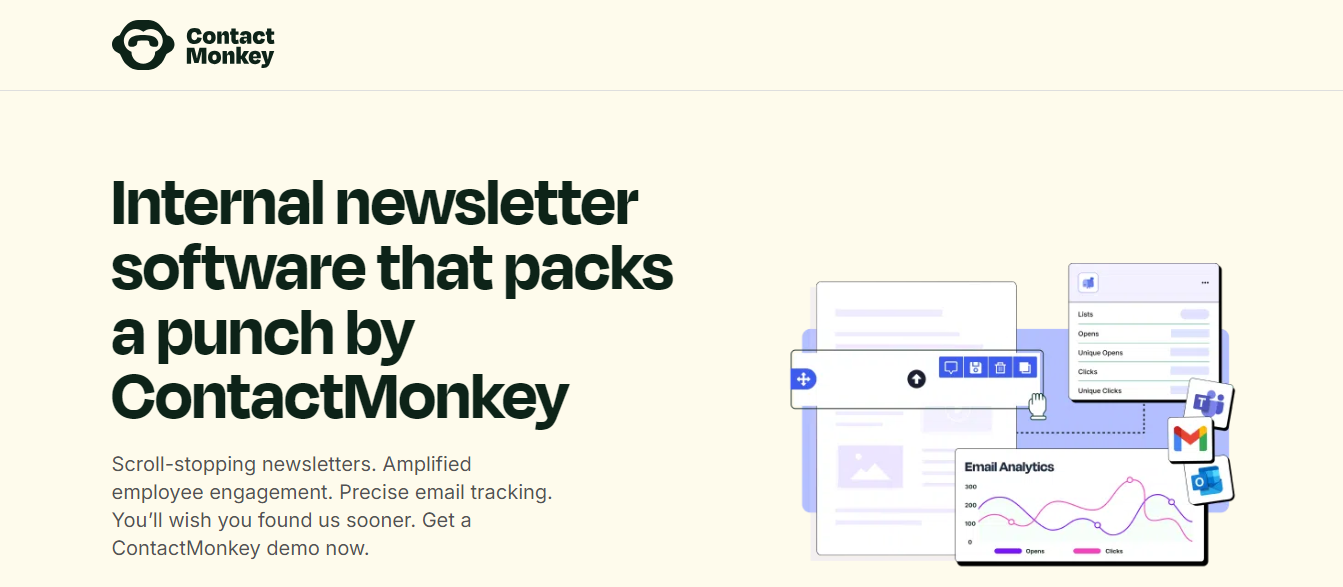
ContactMonkey is an all-in-one email design powerhouse that works directly from Outlook and Gmail. ContactMonkey makes employee communications more intuitive than ever with:
- Drag-and-drop email template builder
- AI content generator
- Email automation
- Built-in SMS
- Employee analytics
- Dozens of integrations
16. Canva
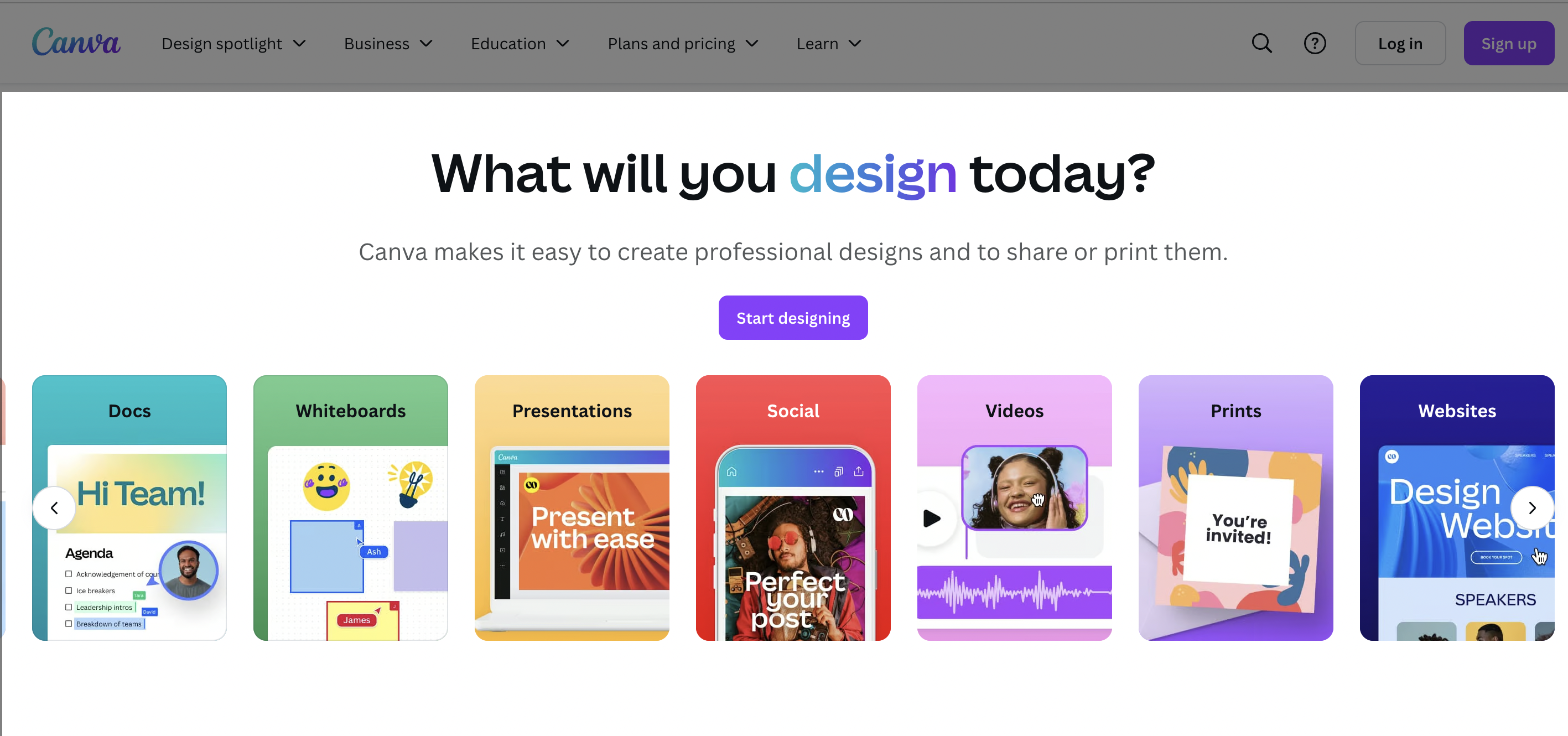
Canva is one of the best email template design tools for non-designers who don’t have the time to play with Adobe Photoshop or InDesign. The email design platform makes it easy to stay on top of email design trends by highlighting modern email design's latest styles and layouts.
You can play around with Canva’s pre-made email design templates or create your own template, using your company’s colours, images, and branding. Canva’s email design toolkit also includes quick video tutorials that teach you how to use this simple and efficient tool like a pro.
17. Piktochart
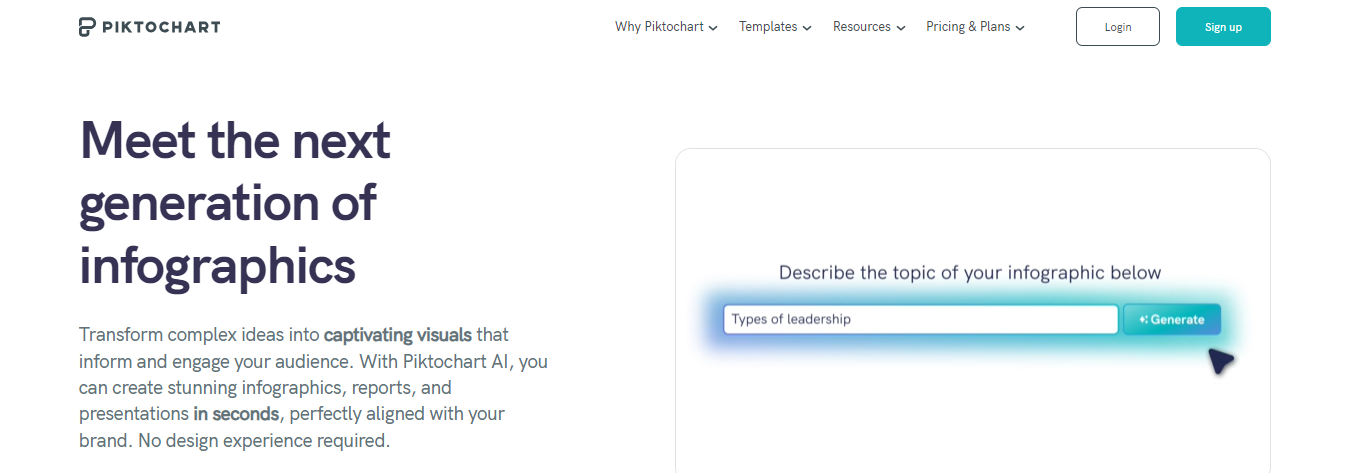
When looking for stellar email template software and design tools, you must look for a tool that empowers you to create beautiful infographics, presentations and flyers. Look no further than Piktochart! It’s free and you need absolutely zero design experience to get started.
That’s what makes Piktochart one of the most intuitive email builder tools. You can choose from Piktochart’s pre-made custom templates and also edit various elements of these templates such as images, fonts and colours.
18. Ripl

If you’re not really looking to create videos but are more into GIFs or quickly animating images, look no further than Ripl. Ripl is one of the best email templates software and iPhone apps on the market today.
It’s free to use if you don’t have a problem with their watermark being displayed on your visuals. You can switch to the paid version of the email template design software and get rid of the watermark by paying $9.99 monthly.
Top 13 Trends in Email Design

1. Level Up Your Emails with Gamification
Gamification, a strategy of integrating game elements into traditionally non-game contexts, is revolutionizing email marketing. Emails are no longer just about information but about creating immersive experiences. A progress bar nudging customers toward their next reward or a mini-game built into the email can drastically improve engagement. Gamified emails encourage recipients to interact more with your emails, leading to increased reading time and a better understanding of your content.
Here are some things to keep in mind when using gamification in emails:
- A catchy subject line or email header promising a fun game or a chance to earn points can significantly increase your open rates.
- Keep the game mechanics simple and provide clear instructions to encourage participation.
- Personalize the experience by tailoring challenges and rewards based on user preferences. Couple your gamification with a call to action so it’s clear what action you expect your subscribers to take.
Incorporating gamification into emails can be easy:
- Start by outlining your goals, boosting open rates or promoting purchases.
- Choose game elements that make sense in an email context – simple and interactive components like progress bars, quizzes, or puzzles work well.
With a quiz builder, you can create interactive quizzes with ease. User experience is paramount, so ensure your gamified elements are intuitive and do not overshadow your email’s primary message. Language learning app Duolingo sends gamified emails, including mini-quizzes and progress reports to keep users engaged and encourage regular app use.
2. Create Engaging Emails with Dynamic and Interactive Content
Interactive elements, dynamic content, and the gamification mentioned above can be used to engage users in digital environments. Still, they serve different purposes and can be used in different contexts. Interactive elements like quizzes, polls, or sliders can significantly boost user engagement by offering subscribers a fun, engaging way to “play” your content.
On the other hand, dynamic content in email templates allows you to customize emails based on subscriber data, delivering a highly personalized experience. You can tailor your email content to better resonate with them by using information such as:
- Subscriber’s location
- Past purchases
- Browsing history
AI marketing tools can further enhance this personalization, making your campaigns even more effective. Related to the strategies above are real-time content updates, a powerful tool for creating a sense of urgency and excitement. These can be:
- Countdown timers for sales or events
- Inventory updates
- Live tracking information that keeps your subscribers engaged and prompts them to act.
3. Dark Mode Compatibility Is a Must
Dark mode, known for its eye-friendly, battery-saving attributes, has become increasingly popular in everything from social media to email marketing. As more email clients (Gmail, Outlook, Apple Mail, Yahoo, etc.) and devices offer dark mode, ensuring your emails look great irrespective of the user’s choice is essential.
But email design for dark mode goes beyond merely inverting colors. Instead, it requires a careful selection of colors, images, and text that are legible and aesthetically pleasing in light and dark modes. The exact implementation may vary based on your email service provider and the specific design of your emails, but here are some general strategies you can use to ensure dark mode compatibility:
- Use transparent backgrounds: Wherever possible, use transparent backgrounds for your images or remove background elements that may not blend well. This ensures that the image will blend seamlessly with the background color, regardless of whether the user uses light or dark mode.
- Use high-contrast colors: Ensure that your text and design elements have enough contrast against the background to increase readability and remain legible in both light and dark modes.
- Avoid pure black or white: In dark mode, pure white can be glaring, while pure black in light - mode might blend with the text color. Aim for softer, off-black, and off-white shades for better visual comfort.
- Invert colors for dark mode: If your email design permits, consider inverting your colors for dark mode. This means using light text on a dark background. Not all email clients support dark mode or media queries, so it’s important to design your emails so that they look great in all viewing scenarios.
The goal is to provide a comfortable reading experience, regardless if your subscriber is in a brightly lit room or checking their email in the middle of the night.
4. Design for Accessibility and Inclusivity
In the pursuit of innovative designs, minimalistic or somewhat flashy, accessibility can often take a backseat. Designing emails accessible to diverse audiences isn’t just an ethical move; it’s a strategic one, helping you reach a broader audience and fostering inclusivity.
- Well-structured email
- With legible fonts
- Clear color contrasts
- Clever use of white space,
- Logical hierarchy
So, use larger font sizes, opt for fonts that are easily readable, and ensure sufficient color contrast for visibility. Also, do remember that alt text for images and semantic HTML email aspects are crucial for screen readers used by visually impaired email users. Including these not only makes your emails accessible but also improves their performance in instances where images are blocked or slow to load.
5. Stand Out with Monochromatic and Duotone Color Schemes
Monochromatic, duotone, or bold color palettes can deliver eye-catching visuals. The simplicity of a single color or the contrast of two colors can make your email stand out in an inbox, grabbing your subscribers’ attention. Different shades and tints of a single color can create a cohesive, harmonious design.
This monochromatic approach can also be soothing to the eye and help draw attention to the email’s content. With their stark contrast, duotone color schemes can create visually engaging emails. And carefully chosen duotone schemes can guide the reader’s eye and highlight key aspects of your message.
6. Use Cinemagraphs to Enhance Your Email Designs
Cinemagraphs, or subtle, looping animations, can bring your emails to life. They add visual interest and a touch of sophistication without distracting from your primary message. A cinemagraph can enhance your email design, making it more engaging and dynamic. Balancing motion with static elements is important to avoid overwhelming your subscribers.
Here are some ways you can effectively use cinemagraphs in your emails:
- Highlight a product: Use a cinemagraph to highlight a specific product or feature. For example, a gently swirling cup of coffee to promote a new cafe.
- Set a mood: Use a cinemagraph to create a certain atmosphere or mood. A flickering candle, for instance, can evoke a sense of coziness.
- Demonstrate a process: Show your product in action. If you sell cooking utensils through your e-commerce store, a cinemagraph of a whisk stirring batter could be engaging.
- Enhance a CTA button: A subtle animation around your call-to-action button can make it stand out and increase click-through rates.
- Send seasonal greetings: Cinemagraphs like twinkling lights or falling snow can add a festive touch to holiday-themed emails.
While cinematography can be visually captivating, it should not distract from your main message. So, keep it subtle and always provide alt text for those who can’t view the animations. Also, when using cinemagraphs, it’s crucial to optimize them for email. Ensure they are compatible with various email clients and devices and compress them to ensure fast loading times.
7. Grab Attention with Visual Storytelling
Visual storytelling with illustrations and animations can create a unique brand identity. They can convey your brand’s personality, making your emails more engaging and memorable. A cool approach is to use a series of illustrations or animations to tell a story across multiple emails or within a single email. Each image can represent a different part of the story, leading your subscribers through the narrative.
For instance, you can show your product's journey from creation to delivery through illustrations and animations. This can create a more personal connection between your subscribers and your product. But remember that while visual storytelling is powerful, balancing it with text content is crucial, as too many visual elements can overwhelm your subscribers and distract from your primary message.
8. Engage Subscribers with Augmented Reality (AR)
Augmented Reality (AR) offers exciting possibilities for email marketing. By integrating AR design elements into your emails, you can create a highly immersive and interactive experience. AR can be used for virtual product try-ons or interactive demonstrations, encouraging user email engagement and driving conversions.
Here are some key ways it can be leveraged:
- Personalization: AI can analyze data from each subscriber’s behavior, such as browsing patterns and purchase history, to deliver highly personalized content and recommendations.
- Optimized send times: AI can determine the best time to send emails to subscribers based on when they’re most likely to open and engage with them, thus increasing open rates.
- Predictive analysis: By analyzing historical data, AI can predict future behavior, such as when a subscriber is likely to purchase and tailor emails accordingly.
- A/B testing: AI can automate the A/B testing process, quickly determining and implementing the best-performing options in real-time. Using a UX design tool with AI can further enhance the process by offering data-driven design suggestions to improve user experience.
AR can help create a unique and memorable brand interaction, setting you apart from the competition by offering an innovative way to showcase products and engage with your subscribers.
9. Leverage Nostalgic Design Elements
Nostalgic design elements can trigger positive memories, strengthening your brand's emotional connection with a subscriber. Retro-inspired typography, bright color palettes, or imagery can also lend a timeless charm to your emails.
However, although nostalgia can be powerful, it is important to blend it with modern email marketing best practices and trends. So, ensure your nostalgic designs are still clean, legible, and mobile-friendly to provide a seamless user experience.
10. Create Unique Designs with Mixed Media Collages
Combining photos, illustrations, and textures into mixed-media collages can create a visually engaging and eclectic graphic design. This approach can also break the monotony of conventional designs, keeping your subscribers intrigued and serving as a powerful tool for brand identity. Mixed-media collages allow for immense creative expression, helping you create designs that are unmistakably you.
Here are some best practices for this approach to keep in mind:
Balanced: While the charm of mixed-media collages lies in their eclectic mix of elements, it’s important to maintain balance. Overloading your email with too many different elements can be overwhelming and distract from your main message.
- Consistent theme: Ensure the different elements in your collage align with a consistent theme or narrative. This can be a color, a specific subject matter, or a particular style.
- Clear hierarchy: Despite the mix of elements, your email should still have a clear visual hierarchy. Also, make sure your main message or call-to-action stands out.
- Alignment with brand identity: The elements you choose should align with your brand’s overall identity and message. Avoid elements that might confuse or mislead your subscribers about your brand or offer.
The aim of using mixed media collages is to enhance your message and engage your audience visually, so always keep your audience and their preferences in mind while designing your emails. If you fail to do so, they might be tempted to unsubscribe.
11. Get 3D and Isometric
Isometric or 3D graphics can add depth and dimension to your email designs, making them more visually captivating. They can make your emails stand out in the inbox, attracting more clicks. 3D animations or illustrations can provide a rich, immersive visual experience. And when combined with interactivity, they can drastically enhance user engagement.
Parallax scrolling effects, where background and foreground elements move at different speeds, can create a layered, dynamic design. This can add a touch of sophistication and interactivity to your emails.
12. Personalize with Hand-Drawn and Organic Elements
Incorporating hand-drawn elements can make your email designs feel more personal and authentic. This approach communicates that there are real people behind your brand, which can help build trust and foster stronger relationships with your audience. These elements can add a unique, artistic touch to your marketing emails that sets them apart from the competition’s, whether it’s a:
- Sketched icon
- Handwritten font
- Doodled border
Likewise, organic, imperfect shapes can significantly enhance your email aesthetics. In stark contrast to the rigid, geometric shapes commonly used in digital designs, organic shapes are free-flowing and less structured, which can evoke feelings of creativity, spontaneity, and warmth. These hand-drawn and organic elements can be particularly effective when used consistently across your emails, contributing to a unique visual identity that your subscribers can instantly recognize. You can even pair them with storytelling techniques to create a more immersive, engaging email experience.
13. Stay Sleek with Neumorphism and Glassmorphism
Neumorphism and glass morphism can make your emails feel sleek and cutting-edge, resonating with audiences who appreciate contemporary aesthetics. However, when using these designs, ensure your content remains legible and accessible.
Neumorphism
Neumorphism, or “new skeuomorphism”, is a design trend that combines elements from flat design and old-school skeuomorphism. It creates an effect that resembles digital embossing or debossing, where the design elements look like they’re extruded from the background, creating a 3D effect that appears soft and lifelike.
The main characteristic of neumorphism is the use of subtle shadows and highlights to create “soft” objects that look like they’re part of the background, almost as if they’ve been carved out of the same material. This is typically achieved using a color palette leaning more towards minimalism and carefully applied light and dark shadows.
Glassmorphism
Glassmorphism is another design trend that’s characterized by the use of transparency, background blur, and vivid colors to create a “frosted glass” effect. This effect creates a sense of depth, making UI elements appear as if they’re floating over the background while still allowing it to peek through. Glassmorphism often uses a semi-transparent “glass” layer, with a subtle light border, a multi-layered approach with objects appearing behind each other, and vibrant colors to create contrast.
Both neumorphism and glassmorphism aim to add depth and a sense of realism to UI designs, but each creates a different aesthetic and mood. And while these styles can be visually appealing, it’s crucial to consider accessibility and legibility in your designs, ensuring that your content is always easy to understand and interact with.
Related Reading
- How to Avoid Spam Filters
Use Our Email Template Builder for Free Today
Blocfree is an email HTML editor that offers an easy way to create email templates. The platform features an intuitive email template builder that lets you quickly create and edit email templates to help you get started with email design. With Blocfree, you can:
- Easily craft email, SMS, and push templates to use across multiple platforms like Mailgun and SendGrid.
- Collaborate with your team to ensure everyone is on the same page before you publish your content to your preferred platform.
Get started with email design today by using Blocfree for free!
